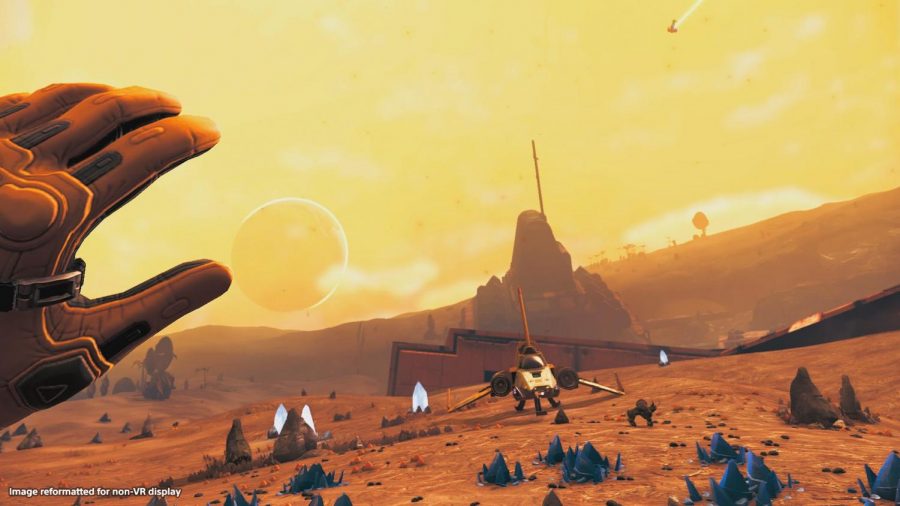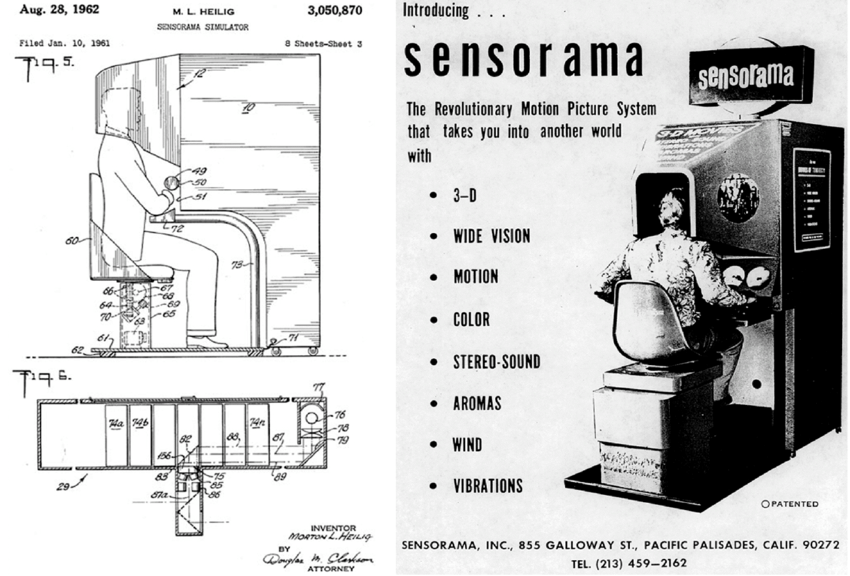Once just sci-fi tech, virtual has become a reality
April 6, 2021
Aside from the occasional pop-culture nod – which usually features an over-the-top depiction of Science Fiction – the technology has largely been out of the mainstream. Often considered a ‘fad’, Virtual Reality and Augmented Reality (AR) are set to have an exciting year with big tech giants such as Facebook, Sony, and – if the rumors turn out to be true – Apple.
Failure to Launch
VR technology designed for widespread use has had a few very notable launches as well as a few – very memorable – commercial failures. Sega, once a major player in the production of home gaming units, announced a VR unit designed to work with existing hardware in 1993 but due to technical issues, the product never made its way to market.
Another more notorious flop for VR tech happened with Nintendo’s Virtual Boy. The portable unit was marred with complaints of harsh visuals, lack of dynamic colors (the games were played in an abysmal red and black color), and not even clearance pricing could make the unit worth the trip to the department store.
Six Flags (St. Louis) featured a Star Wars-themed VR experience that would put the user on the Death Star to shoot stormtroopers with laser pistols and the chance to have a lightsaber duel with Darth Vader for $20 (adjusted for inflation, the cost today would be $30.77 for the same experience).
Thousands of dollars in hardware, space to house it, lack of knowledge and interest halted the growth of VR for many years. Outside of the military, medical experts, law enforcement, and NASA, there aren’t many that are aware the technology is anything beyond a concept.
Enter the Matrix
In 2016, Sony released the PlayStation VR unit that cost $399 at the launch date. At that time, the PlayStation 4 was selling brand-new for $299. The price point did much to dissuade consumers from dipping their toes in, as many still had fresh memories of terrible and underwhelming VR experiences from years past. Around the same time, Oculus had released home units that were compatible with PC units and mobile devices.
After being acquired by Facebook, the software started to shift to products of greater public interest. Along with several top-tier games like Resident Evil 7 and Star Wars: Rogue Squadron (which allows the player to pilot spacecraft from the franchise films), VR technology seems to be re-entering the mainstream lens.
In April of 2020, many places ceased daily operations due to the worldwide spread of the coronavirus. With the doors shuttered on local gyms, many struggled to find ways to stay active. VR fitness games such as “BoxVR,” “Creed: Rise to Glory” and “Thrill of The Fight” saw an increase in sales. Another great use of VR technology has been the development of meditation apps, such as TRIPPVR, which guides the user through daily curated meditation sessions. The VR application can be paired with a mobile device that records the number of sessions and actively tracks mood trends. The app has been praised by a number of publications for its creative take on relaxation methods and continued dedication to mindfulness.
It’s getting real
The journey into virtual reality and augmented reality is inevitable. One of the most popular AR games to date is “Pokemon Go!,” which saw millions of users download the application onto their phones and – for a brief time – off of the couch to travel to several physical locations where they could “capture” wild Pokemon and play against other players. The beautiful thing about this gaming model is the fact that it gave millions of people a reason to be active.
Virtual Reality has seen a dramatic increase in development in 2021, with a number of video games on the horizon, as well as more ‘experiences’ like concerts, sporting events, and virtual trips to physical locations. The technology seems to finally be gaining momentum, and with the Oculus Quest 2 now available for $299 (no other hardware required!), the price to dive into VR is not very steep.

